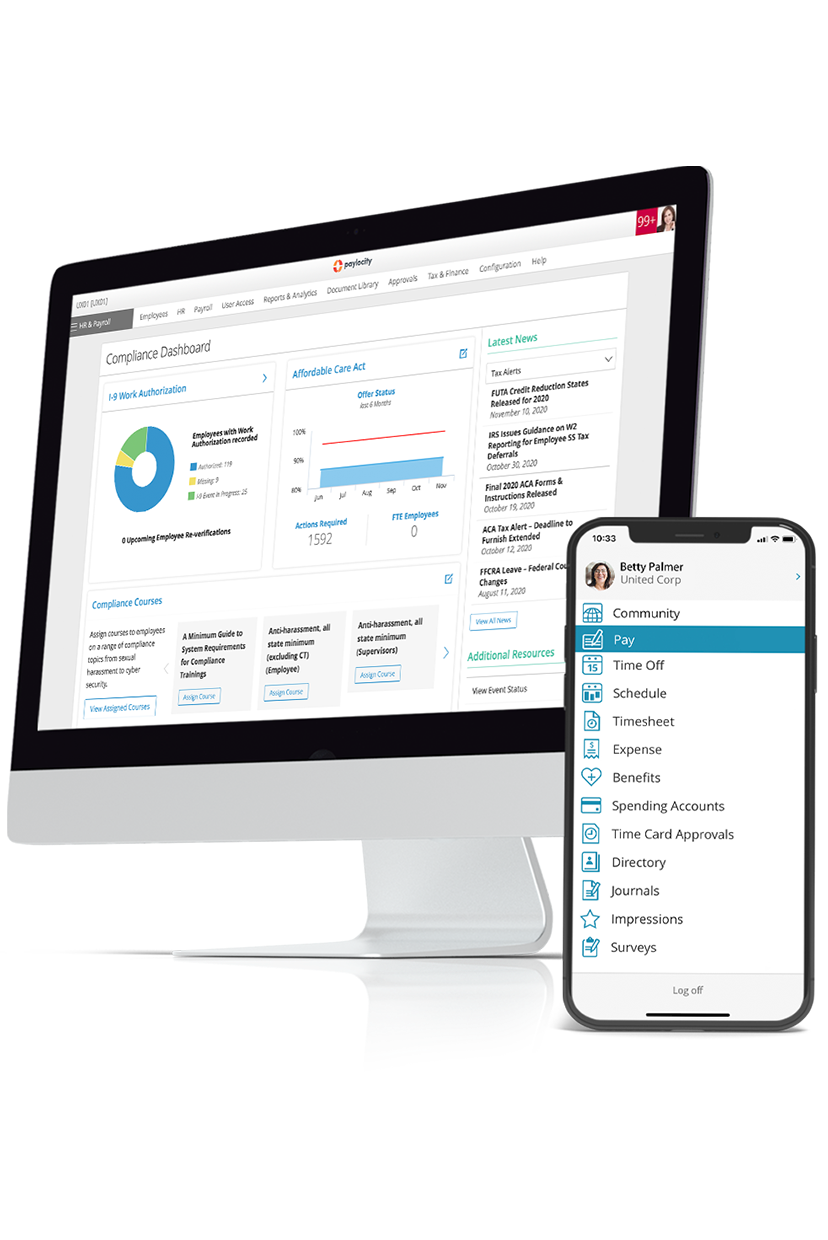Secondment
Summary Definition: An employee's temporary, strategic transfer to a new role or organization for professional development and skill enhancement.
What is a Secondment?
Secondment is a temporary work arrangement where an employee is reassigned to a different role within their organization or with an external partner.
Often used for professional development, knowledge sharing, and organizational collaboration, this arrangement allows the seconded employee (a.k.a. secondee) to gain hands-on experience, contribute to specific projects, and develop new skills in a real-world setting while continuing to receive their salary and benefits from their original organization.
Key Takeaways
- A secondment is a temporary work assignment in which an employee takes on a new role within their current organization or a different one.
- Such arrangements typically use a written secondment agreement outlining terms, expectations, and nuances for all parties.
- Employers can benefit from the new skills their seconded employee gains, but there’s potential hardship in the transition and filling the temporary position gap.
Secondment Types and Examples
While secondments can take many forms, they’re broadly categorized as internal (i.e., within the same company or organization) or external (i.e., with a partner or affiliated company, vendor, or client).
| Purpose | Internal Example | External Example |
| Professional Development | A company has a fast-track management program in which new, young employees spend two years learning managerial skills and company processes by working in different departments every six months. | A university assigns each new alumni relations specialist to spend one year with a local non-profit’s fundraising and marketing departments. |
| Knowledge Sharing | To help with an upcoming grand opening, a franchisor assigns an operations specialist to the newest franchisee for three months. | For nine months, a vendor embeds a product development lead with a new client in a previously unsupported industry. |
| Organizational Collaboration | A sales associate is reassigned as a marketing analyst to prepare for a rebranding campaign. | To create a new line of co-developed products, development managers from two companies switch roles for one year. |
How Does a Secondment Work?
Whether internal or external, secondments are typically arranged through a formal program or informal agreement between the employee’s original employer (seconder) and their new organization (host).
However, before everything can begin, all three parties should approve of a written secondment agreement outlining various aspects or requirements of the arrangement, such as:
- Purpose: Clearly outline the secondment’s goals and expected outcomes to ensure all parties are aligned on the arrangement’s objectives.
- Employment relationship and continuity: Define the secondee’s employment status and formal employer during the secondment and confirm their original employment will remain uninterrupted.
- Duties and responsibilities: Give a complete list of the secondee’s tasks at the host organization, including any changes from their original role, and specify all accountability and performance expectations.
- Rights and obligations: Explain what the secondee is entitled to and expected to do for both the seconder and host organizations, including following internal policies, procedures, and any regulatory rules at the host organization.
- Compensation and benefits: Detail how the secondee will be compensated and by whom, including salary, bonuses, overtime, and any additional expenses (e.g., relocation or training costs).
- Absence and leave policies: State how absences, including sickness, annual leave, and family-related leave, will be managed (i.e., who authorizes leave, how violations are handled, etc.).
- Confidentiality and conflicts of interest: Include provisions for maintaining confidentiality and managing conflicts of interest.
- Duration and completion: Set a clear timeline for the secondment, including start and end dates, and describe what’ll happen upon completion. Include the process for reintegrating the secondee into their original role and terms for early termination or extension of the arrangement.
Secondment Advantages and Disadvantages
Secondments offer significant benefits for both the secondee and the seconder.
Secondees receive professional and personal development via new working environments, conditions, and experiences that enhance their adaptability and broaden their skill sets. Moreover, the secondment is a low-risk way for them to explore new career paths, build valuable networks, and avoid burnout by taking on new challenges.
The seconder also benefits, as they receive back a more talented employee with new or improved skills, innovative ideas, and an expanded knowledge base. Furthermore, some reassignments provide crucial leadership development that can help retain and attract talented workers.
Secondments can, however, pose challenges, such as difficulty learning a new job or not fitting in with the host organization’s culture. Worse still, they can potentially disrupt the secondee’s work-life balance, especially when the secondment requires relocation or more stressful duties.
For the seconder, there’s always a risk that the new skills or experience the secondee receives don’t align with or build upon their original role. The gap in expertise and productivity while the secondee is gone can also be challenging to fill, given the temporary nature of the arrangement.

HR Tools Built With Employees in Mind
Recruit and retain talent by shaping an environment that makes employees feel valued and engaged. With HR tools built with employees in mind, you can equip your employees to be more self-sufficient and gain valuable insights into what you can automate and where you can strategically focus your resources. You can deliver the experience your employees need to find meaning in their work, and you'll continue improving efficiency.